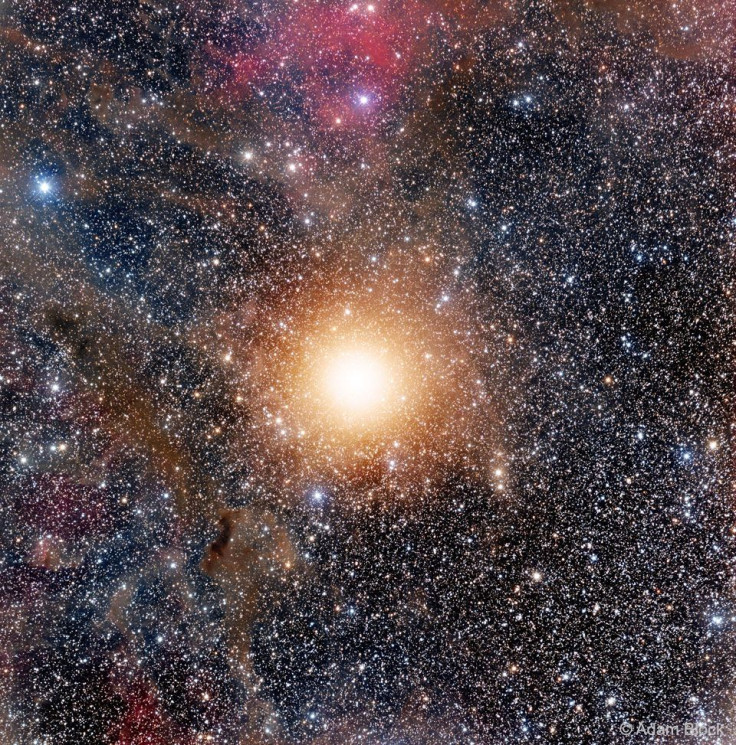Stellar 'Sneeze' Caused Supergiant Betelgeuse's Dimming, Scientists Suggest
KEY POINTS
- Supergiant star Betelgeuse suddenly dimmed in late 2019
- Researchers of a new study suggest that the dimming was caused by an outburst
- Dark dust from the outburst likely obscured Betelgeuse, causing the dimming
Observations of Betelgeuse using NASA's Hubble Space Telescope revealed that the supergiant star is likely dimming because of a stellar "sneeze."
It was in late 2019 when astronomers first noticed that the nearby star Betelgeuse was dimming. By mid-February 2020, the star had reached a historic minimum. This unprecedented dimming led some astronomers to believe that Betelgeuse may be about to go supernova or perhaps a massive cool star spot had covered a substantial part of its surface.
In a new study, a team of astronomers used Hubble data to see what might have caused the unprecedented dimming. The team had been using Hubble to study Betelgeuse since early last year and ultraviolet light spectroscopic observations of Betelgeuse starting from January 2019 revealed significant insights as to what really happened.
Hubble data shows that from September to November of 2019, there was a "material" that was moving at 200,000 miles per hour from the star's surface and toward its outer atmosphere. This material then continued moving until it was millions of miles away from Betelgeuse's surface, where it became cool enough to form dust.
"These ultraviolet observations appear to provide the connecting link between the known large convective cells in the photosphere and the mass ejection event that cooled to form the dust cloud in the southern hemisphere imaged in 2019 December, and led to the exceptional optical dimming of Betelgeuse in 2020 February," the researchers wrote.
The star had an outburst in which it ejected hot material that formed dust when it reached space. It is this dust cloud that eventually obscured Betelgeuse, causing it to appear from Earth as if it had dimmed.

"With Hubble, we see the material as it left the star's visible surface and moved out through the atmosphere, before the dust formed that caused the star to appear to dim," study lead Andrea Dupree, of the Center for Asprophysics | Harvard & Smithsonian (CfA), said in a news release from NASA. "We think it is possible that a dark cloud resulted from the outflow that Hubble detected. Only Hubble gives us this evidence that led up to the dimming."
What caused Betelgeuse's "sneeze" is unknown but the researchers say it might have been aided by the star's pulsation cycle. As for the chances of the star going supernova soon, Dupree says the chances are pretty slim.
"No one knows how a star behaves in the weeks before it explodes, and there were some ominous predictions that Betelgeuse was ready to become a supernova," Dupree said in a news release from CfA. "Chances are, however, that it will not explode during our lifetime, but who knows?"
The study is published in The Astrophysical Journal.

© Copyright IBTimes 2024. All rights reserved.






















